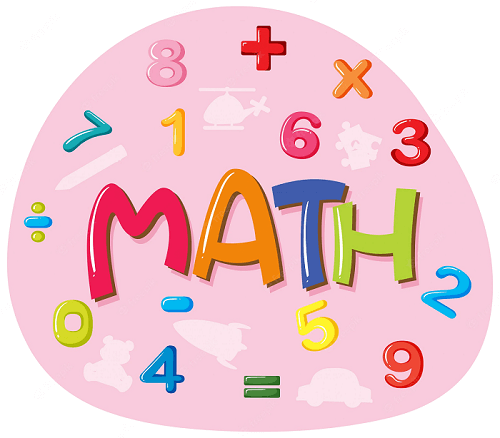0, 1, 2, 3, and 4 are What Kind of Numbers?0, 1, 2, 3, and 4. All the given numbers come under the category of whole numbers. Whole numbers are those numbers which include zero (0) and natural numbers. It can also be defined as the non-negative numbers on the number line. They are positive integers and hence, do not consist of fractions. They are generally used in daily math problems like subtraction, addition, division, and multiplication and for counting purposes. For example, if you have ten books, then the number 10 represents the number of books you have. For example, 0, 1, 2, 3, 4, 5, 6, 7, 8, 9, 10, and so on. 
There are several properties of whole numbers that make them widely used in the industry. Properties of whole numbers are discussed below. 1. Commutative Property It says that no matter the order of two whole numbers (on which the operation is being performed), the result of addition and multiplication is always the same. General expression:
2. Associativity Property It says that no matter the order of three whole numbers (on which the operation is being performed), the result of addition and multiplication is always the same. General expression:
Note: The only difference between the commutative and associativity properties is the number of digits in operation. There are two digits in the Commutative property, while in the Associativity property, there are three digits.Closure Property It says that if two whole numbers are added together, then the result is, for sure, a whole number. a + b = a whole number for example, 4 + 7 = 11 is a whole number. And when two whole numbers are multiplied together, then the result is, for sure, a whole number. a x b = a whole number for example, 2 x 9 = 18 is a whole number. Distributive Property
General Expression: a x (b + c) = a x b + a x c For example, 6 x (2 + 3) = 6 x 2 + 6 x 3 30 = 30 (LHS = RHS)
General Expression: a x (b - c) = a x b - a x c For example, 5 x (3 - 1) = 5 x 3 - 5 x 1 10 = 10 (LHS = RHS) Whole numbers are also used to represent the position of an element in a sequence. For example, in the sequence 1, 2, 3, 4, and 5, 5 represents the fifth element in the sequence. Whole numbers are also used to represent the number of sides on a shape, the number of elements in a set, and the number of terms in a sequence. In brief, whole numbers are numbers that include 0, 1, 2, 3, 4, and so on. They are also named as non-negative integers and are the foundation of arithmetic operations. Whole numbers have several properties, such as being closed under addition and multiplication, commutative and associative under addition and multiplication, and having an identity element under addition and multiplication and the inverse element under addition. Whole numbers are used to represent quantities, the position of an element in a sequence, the number of sides on a polygon, the number of elements in a set, and the number of terms in a sequence. They are broadly used in different fields, such as mathematics, science, engineering, finance, and economics. Few examples of Mathematical Problems that involve Whole Numbers 1. Find the sum of the first 100 whole numbers Numbers are 0, 1, 2, .... 99. The sum of the first 100 whole numbers can be found using the formula for the sum of an arithmetic sequence: (n/2) (2a + (n-1) d) Where: n is the number of terms, a is the first term, d is a common difference. In this case, a = 0, d = 1, and n = 100. Substituting these values into the formula, we get: (100/2) {2(0) + (100-1) (1)} = (100/2) (99) = (50) (99) = 4950 So, the sum of the first 100 whole numbers is 4950. 2. Find the product of the first ten whole numbers The product of the first ten whole numbers can be found by multiplying them together: 0 x 1 x 2 x 3 x 4 x 5 x 6 x 7 x 8 x 9 = 0 |
 For Videos Join Our Youtube Channel: Join Now
For Videos Join Our Youtube Channel: Join Now
Feedback
- Send your Feedback to [email protected]
Help Others, Please Share









